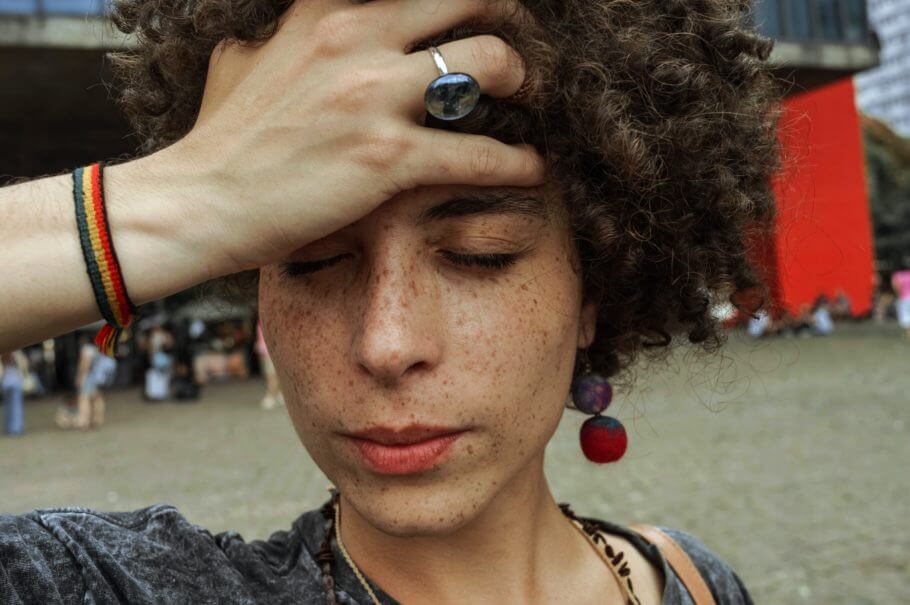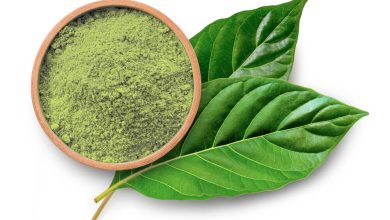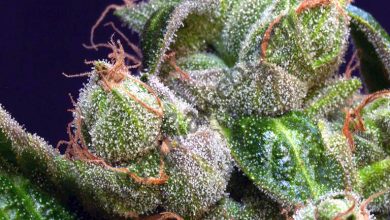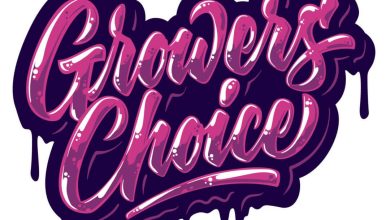why you should avoid it- Alchimia Grow Shop
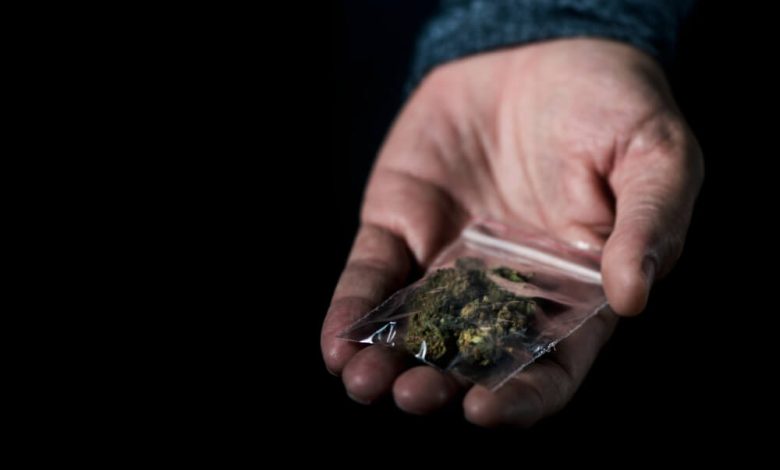
Despite progress toward cannabis regulation in many parts of the world and the rise of trends such as home cultivation, a significant portion of cannabis and its derivatives consumption continues to occur on the black market. In some cases, due to ignorance, in others due to lack of access to the legal market, or simply due to cultural inertia, thousands of people continue to turn to unregulated channels to obtain their buds or resin extractions. But what at first glance may seem like a cheaper or more discreet alternative is actually a model fraught with risks and shortcomings.
In this article, we aim to explain, point by point, some of the main problems associated with sourcing cannabis from the black market. From the lack of health guarantees to the social and economic implications, including the direct impact on the user experience. If we aspire to build a responsible, transparent, and safe consumption model, the first step is understanding why the black market path is not a solution but part of the problem.
Product quality and safety
One of the main problems of the black market cannabis industry is the complete lack of health controls and guarantees regarding what one is about to consume. Without any regulation or analysis, and without knowing the exact origin of what one is buying, the consumer is at the mercy of products from unknown sources, with a much greater risk of contamination or adulteration than with home cultivation, and with unpredictable physical and psychoactive effects. Yes, unfortunately, today it is not uncommon to find buds or extracts treated with synthetic cannabinoids like HHC, for example, on the black market.
So, here are some of the factors to keep in mind if you choose to purchase cannabis from unknown sources:
- Lack of quality control: On the black market, there are no health standards or technical controls, and unfortunately, in many cases, no scruples either. No one certifies that what you consume is free of harmful agents such as pesticides, PGRs, traces of chemical fertilizers, or even other psychoactive substances like synthetic cannabinoids. This means you could be inhaling or ingesting harmful substances without knowing it!
- Contamination or adulteration: It’s relatively common to find cannabis adulterated with various products intended to increase weight or provide greater potency. These practices not only deceive consumers, who are rarely aware of this fact, but also pose a real risk to their physical and mental health.
- Potency Variability: Without laboratory analysis, the actual percentage of THC or CBD in each sample cannot be determined. This leads to widely varying experiences, from very mild effects to epic, yet unwelcome, highs, as well as anxiety attacks or the famous “white out.” Unpredictable dosage can be especially problematic for medicinal users or those with low tolerance, who can see what should be a rewarding and pleasurable experience turn into a nightmare.
Whitey or greening out after consuming cannabis: what is it and how to act?
Sometimes, cannabis high in THC may not produce the sensations you seek. Although it cannot be described as dangerous, intoxication by this cannabinoid can make you have a really rough time, so it never hurts to know exactly what happens and what to do. In this article, we tell you everything you need to know about these unpleasant episodes.
Legal and personal risks
Purchasing cannabis on the black market not only exposes you to legal sanctions, but also to unsafe conditions and no consumer protections. From fines or criminal records to transactions in conflict-ridden environments, the risks go far beyond the simple act of purchase: they affect your integrity, your peace of mind, and your rights. No, unfortunately, you wouldn’t be the first to be cheated when trying to acquire a few buds or a piece of hashish. Broadly speaking, these are some of the dangers you face:
- Illegality of purchase: Purchasing cannabis on the black market is breaking the law. Depending on the quantity and the context, this can result in fines, a criminal record, or even prison time. Furthermore, in some areas, the legal interpretation is even more restrictive, so visiting the drug dealer can carry risks you might not even suspect.
- Lack of consumer protection: In the illegal market, there is no right to complain, no refunds, and no guarantees. If the product doesn’t meet the promise or causes damage, the consumer is left completely defenseless, with no means of claiming or seeking compensation for said damage.
- Physical and social risk: Transactions often take place in informal, unsecured settings, and are sometimes handled by criminal networks. This exposes the buyer to dangerous situations such as threats, assault, or fraud. Furthermore, for some groups (such as minors or vulnerable individuals), this can lead to dependency or social exclusion.
Instability in supply and prices
As you know, the black market operates without rules or guarantees. Product availability is irregular, prices change without justification, and quality can vary with each purchase. This lack of stability makes access to cannabis an unpredictable experience, both for the casual consumer and for those who use it for therapeutic purposes. These are some of the problems that arise from the lack of regulation of this market:
- Lack of consistency: Black market suppliers don’t follow a schedule or have guaranteed stock. You may find yourself without a product at key times, which creates anxiety, dependence on the supplier, or the need to take greater risks in order to obtain it.
- Inflated and arbitrary prices: Without a regulated framework, prices are set opaquely, based on the seller’s decisions or pressure from the environment. This often results in additional costs for the consumer, with no clear justification or direct relationship to the quality of the product they are purchasing.
- Cash payments: The mandatory use of cash hampers traceability, increases the risk of theft, and complicates the shopping experience. Furthermore, it leaves a significant amount of money outside the formal economic system that could be invested in taxes and services, which would benefit the entire community.
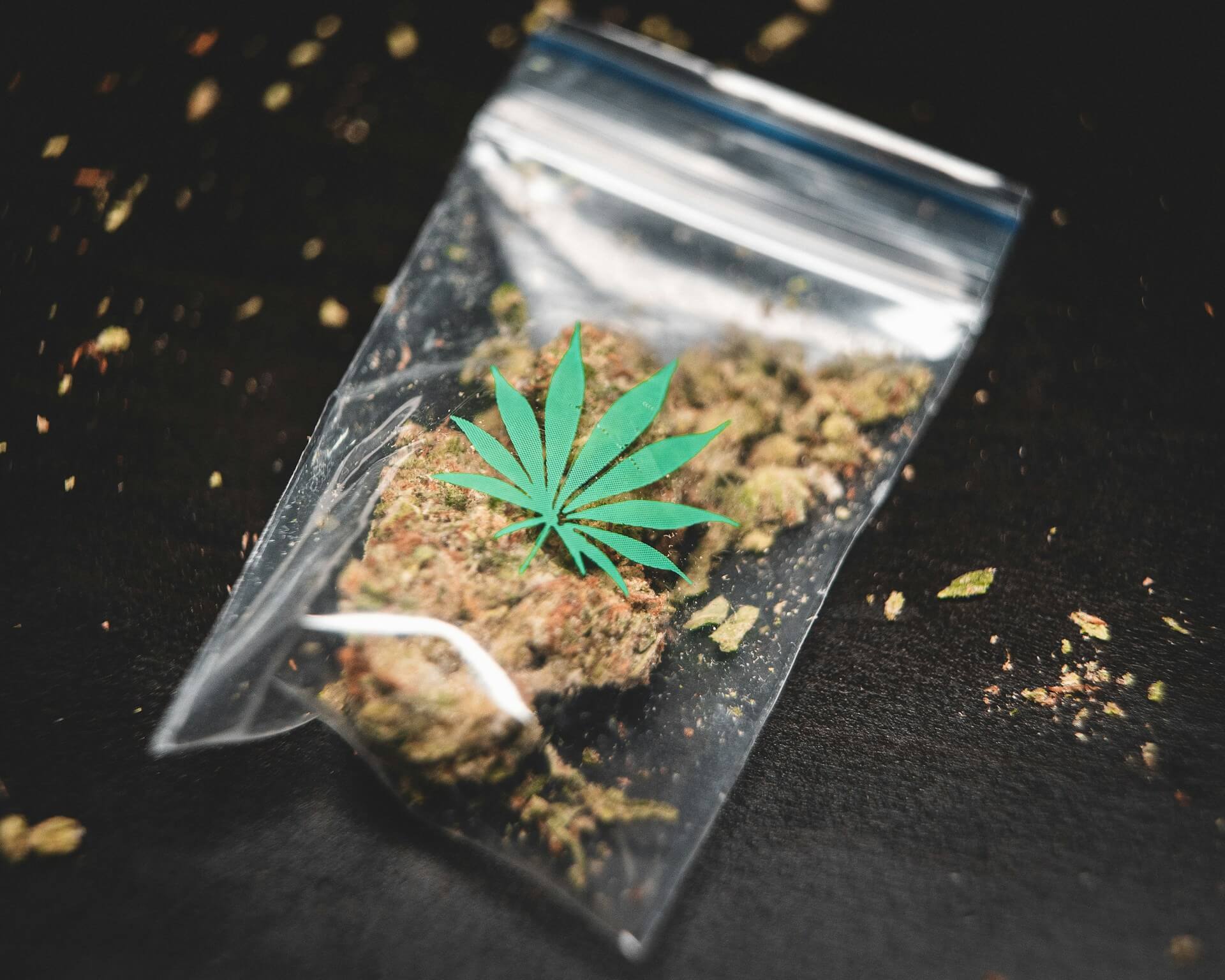
Lack of information and education
On the black market, there are no labels, no guidance, and no transparency. Consumers don’t know what they’re buying or how to use it safely and responsibly. Without access to data on genetics, THC/CBD levels, or usage recommendations, an essential part of the experience is lost: knowledge about what they’re about to consume. We could summarize this problem with the following points:
- Lack of labeling and traceability: On the black market, there are no packages with real information. You don’t know if the cannabis you’re getting is sourced indoors or outdoors, its genetics, cultivation method, terpene profile, or if it’s been treated with chemicals, whether fertilizers or pesticides. All of this directly affects the effects, flavor, and proper use of the product.
- Misinformation about therapeutic uses: For users seeking therapeutic effects (pain, insomnia, anxiety, etc.), the black market offers no guidance or advice. This can lead to frustration, dependence, or even adverse effects due to a lack of knowledge. Indeed, you may be looking to combat anxiety and be offered buds from a plant or strain that causes it!
- No personalized guidance: In a legal or regulated context, professionals can recommend specific varieties based on a consumer’s profile. In the illegal market, this doesn’t exist unless your supplier is an expert and knows you well, which is rarely the case. Everything comes down to what the supplier has available at the time, so consumers often find their options severely limited.
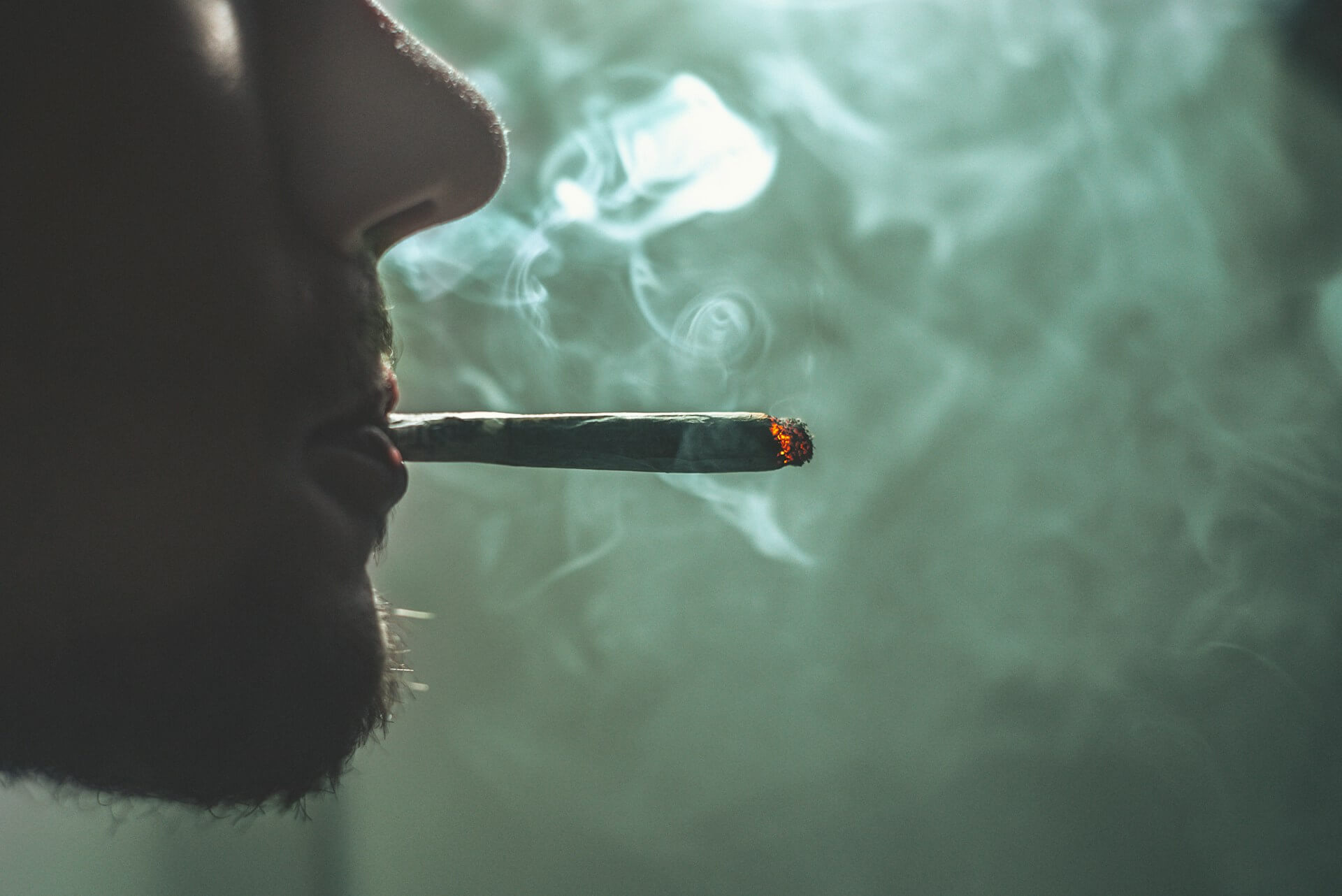
Negative impact on the social and economic environment
Beyond the consumer, the black market has profound consequences for the social fabric. It fuels illicit economies, finances criminal networks, and perpetuates production models without rights or decent working conditions for producers, as well as for suppliers. Every transaction outside the legal system contributes to sustaining an opaque and, ultimately, detrimental structure for society.
- Promotion of illegal economies: Money moving on the black market is not reinvested in the community. In many cases, it can end up in networks linked to other crimes; contributing to this cycle, even by buying a few joints on the street, strengthens these types of criminal structures—don’t forget that!
- Labor exploitation and precariousness: The illegal cultivation and distribution of cannabis often falls on people in vulnerable situations, without contracts, without rights, and without decent working conditions. Of course, there are no inspections or any kind of labor protection. Always remember: the opacity of this system fuels precariousness and inequality.
Ultimately, continuing to turn to the black market to obtain cannabis isn’t just a matter of legality; it’s a game of “Russian roulette” involving your health, safety, and common sense. Because we’re not just talking about paying more for less, but also about exposing yourself to substances of dubious origin, criminal practices, and misinformation that only exacerbate the problem. The solution isn’t to demonize the plant, but to regulate wisely and consume conscientiously. The best option, as we always say, is to opt for home cultivation. Because cannabis can be many things, but it should never be a trap for the consumer.
Happy harvest!
